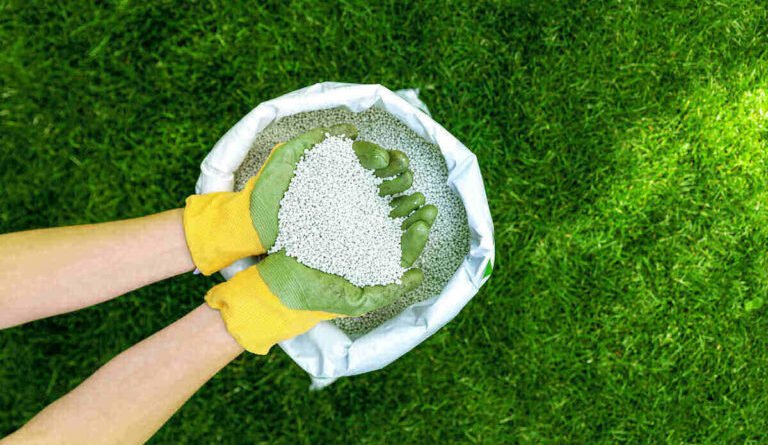How to Choose the Right Lawn Fertilizer for Your Grass Type
When it comes to keeping your lawn healthy and green, choosing the right fertilizer is essential. Different grass types have different needs, and using the wrong fertilizer can harm your lawn.
In this article, we’ll guide you through the steps to pick the best lawn fertilizer for your grass type.
Understand Your Grass Type
The first step in choosing the right fertilizer is knowing your grass type. There are two main types of grass: cool-season grasses and warm-season grasses. Cool-season grasses, like Kentucky bluegrass and fescue, grow best in cooler weather. They are ideal for northern climates.
Warm-season grasses, such as Bermuda and Zoysia, thrive in hotter temperatures and are suited for southern regions. Understanding whether your grass is cool-season or warm-season will help you choose the right fertilizer for optimal growth.
Choose Between Synthetic or Organic Fertilizers
Fertilizers come in two main forms: synthetic and organic. Synthetic fertilizers provide quick results and are often more affordable. However, they can harm the environment if overused, and they don’t improve the soil over time.
Organic fertilizers, such as organic lawn fertilizers from Revive, are made from natural materials and help improve soil health. They release nutrients slowly, promoting long-term growth without harming the environment. If you’re looking for a more eco-friendly option, organic fertilizers might be the right choice.
Consider the Nutrients Your Grass Needs
The three main nutrients that grass needs are nitrogen (N), phosphorus (P), and potassium (K). These are often listed on fertilizer labels in a ratio, such as 20-10-10. Nitrogen promotes lush, green growth, phosphorus helps with root development, and potassium supports overall plant health.
When choosing a fertilizer, think about the current needs of your lawn. If your grass is growing slowly or turning yellow, it may need more nitrogen. If the roots are weak or the grass is sparse, a fertilizer with more phosphorus could help.
Check the Fertilizer’s Release Rate
The release rate of a fertilizer tells you how quickly the nutrients are released into the soil. Some fertilizers are fast-release, meaning they provide immediate nutrients, but the effects wear off quickly. Slow-release fertilizers release nutrients over a longer period, helping to feed your grass steadily.
For most lawns, slow-release fertilizers are a better option, as they provide longer-lasting benefits without the risk of over-fertilizing. However, if your lawn needs a quick boost, a fast-release fertilizer may be the right choice.
Apply Fertilizer at the Right Time
Timing is crucial when applying fertilizer. If you fertilize at the wrong time, it may not be effective, or it could harm your grass. For cool-season grasses, the best times to fertilize are in early spring and fall. This is when they are actively growing and can make the most of the nutrients.
Warm-season grasses should be fertilized in late spring or early summer, when they are beginning their active growing season. Avoid fertilizing during the winter or in extreme heat, as it can stress the grass and lead to poor results.
All About Choosing the Right Lawn Fertilizer
In conclusion, choosing the right fertilizer for your lawn depends on knowing your grass type and its specific needs. Consider whether you want a synthetic or organic option and make sure to select the right nutrient mix.
Timing is also key to ensure your grass gets the nutrients at the right stage of growth. With the right fertilizer, your lawn will thrive and stay healthy throughout the seasons.
Looking for more tips and ideas? We’ve got you covered. Check out some of our other posts now.

